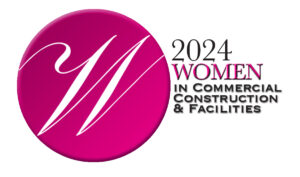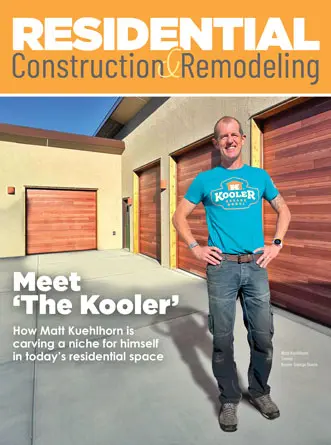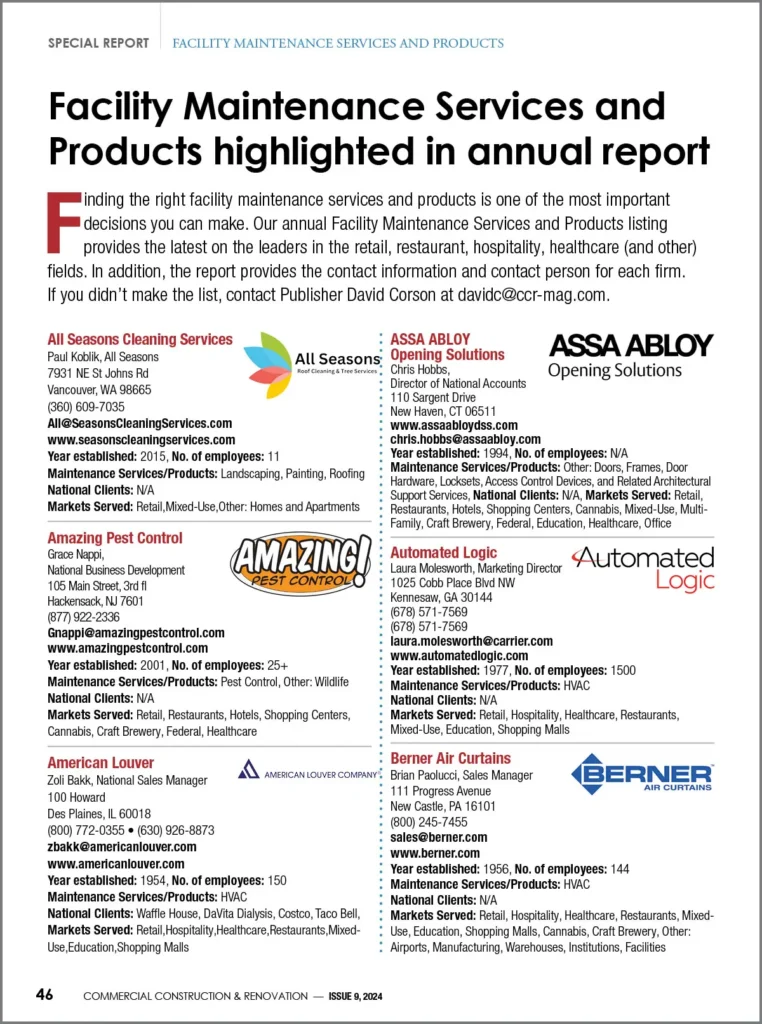The realm of commercial construction is rapidly evolving, driven by technological advancements that are reshaping the industry. In this dynamic landscape, the role of electrical solutions has become more critical than ever. Modern commercial buildings are not just physical structures but complex environments where electricity is fundamental to their functionality, efficiency, and sustainability. With this in mind, exploring innovative electrical solutions is essential for the future of commercial construction.
The Core of Modern Construction: Electrical Innovation
branovercontractors.com represents the forefront of electrical innovation in modern commercial construction. These solutions ensure that new buildings are efficient, safe, and adaptable to future needs. Let’s delve into how these innovations are revolutionizing the industry.
Smart Lighting Systems
Smart lighting systems represent a significant advancement in commercial electrical solutions. They go beyond basic illumination, focusing on:
- Optimizing energy use.
- Enhancing occupant comfort.
- Adapting to individual preferences.
- Integrating with other building management systems for centralized control.
Emphasizing Energy Efficiency and Sustainability
A key focus of modern construction is energy efficiency and sustainability, where innovative electrical solutions shine. LED lighting and smart HVAC systems significantly cut down energy use. Integrating renewable energy sources like solar panels is increasingly common, reducing environmental impact and yielding long-term savings.
Upgraded Safety and Security
Electrical innovations also play a vital role in the safety and security of commercial buildings. Advanced fire alarm systems, integrated security cameras, and access control mechanisms enhance the safety of occupants and the security of the property. These sophisticated systems offer real-time monitoring and remote access, adding an extra layer of security.
Embracing Technology for Future-Ready Buildings
The future of commercial construction is inextricably linked to the adoption of advanced electrical solutions, ensuring buildings are prepared for upcoming challenges and technological shifts.
Enabling Real-Time Monitoring and Control
IoT-enabled devices and sensors represent a significant leap in building management capabilities. These technologies enable:
- Continuous Monitoring: IoT devices continuously gather data on various environmental factors such as temperature, humidity, lighting levels, and energy usage. This constant monitoring allows for a detailed understanding of the building’s operational dynamics.
- Immediate Control and Adjustment: With IoT, adjustments to building systems can be made in real-time. For example, heating, ventilation, and air conditioning (HVAC) systems can be fine-tuned based on the current occupancy of the building, leading to enhanced comfort and reduced energy wastage.
- Predictive Maintenance: IoT sensors can predict equipment failures before they occur by analyzing data trends. This proactive approach to maintenance helps avoid costly downtime and extends the lifespan of building systems.
- Enhanced Security and Safety: IoT devices enhance building security systems by integrating surveillance cameras, motion detectors, and access control systems. They also play a crucial role in safety, with smoke detectors and fire alarm systems that instantly alert building managers and occupants during emergencies.
- Remote Accessibility: Building managers can access and control IoT systems remotely. This flexibility means building conditions can be optimized even when managers are off-site, ensuring continuous operational efficiency.
Building Automation Systems That Learn and Adapt
Building Automation Systems (BAS) that utilize IoT technology are revolutionizing how energy is managed in commercial buildings. These systems stand out for their:
Adaptive Learning Capabilities
Modern BAS can learn from historical data and adapt to the usage patterns of a building’s occupants. This learning ability allows the system to anticipate needs and adjust settings automatically for optimal comfort and efficiency.
Energy Optimization
BAS can significantly reduce energy consumption by analyzing sensor data and adjusting systems accordingly. This optimization lowers operational costs and minimizes the building’s carbon footprint, contributing to environmental sustainability.
Seamless Integration
IoT-enabled BAS can integrate with other systems, such as renewable energy sources (like solar panels) and electric vehicle charging stations, further enhancing the building’s eco-friendly capabilities.
Customization and Scalability
These systems can be customized to the specific needs of each building and scaled up as those needs change. Whether it’s a small commercial space or a large complex, BAS can be tailored to fit the unique characteristics of the building.
User-Friendly Interfaces
Modern BAS comes with user-friendly interfaces, allowing non-technical staff to understand and manage building operations quickly. This accessibility ensures that all stakeholders can participate in energy conservation efforts.
Flexibility and Scalability
Today’s electrical solutions offer much-needed flexibility and scalability in commercial construction. Systems like modular wiring allow for space reconfiguration with minimal rewiring, catering to the rapidly changing needs of commercial spaces.
Electrifying the Future of Commercial Construction
Innovative electrical solutions are at the heart of the transformation in commercial construction. From smart lighting to IoT-driven building automation, these technologies set new benchmarks in efficiency, sustainability, and occupant comfort. As the industry progresses, integrating these technologies will be vital in creating buildings that do not just have structure but also have dynamic, responsive environments.
The future of commercial construction is electrifying, with innovative electrical solutions leading the way. Embracing these technologies is crucial for the industry to construct efficient, sustainable, intelligent, and adaptable buildings to the changing demands of the modern world.

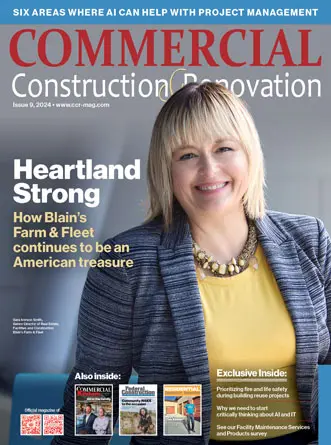


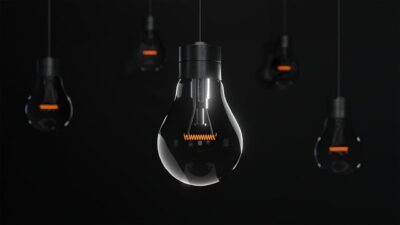








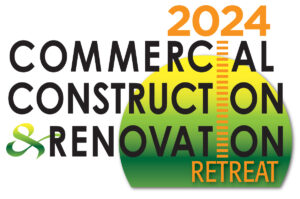 The 2024 virtual Men’s Round Table will be held Q4, 2024, date TBD.
The 2024 virtual Men’s Round Table will be held Q4, 2024, date TBD.